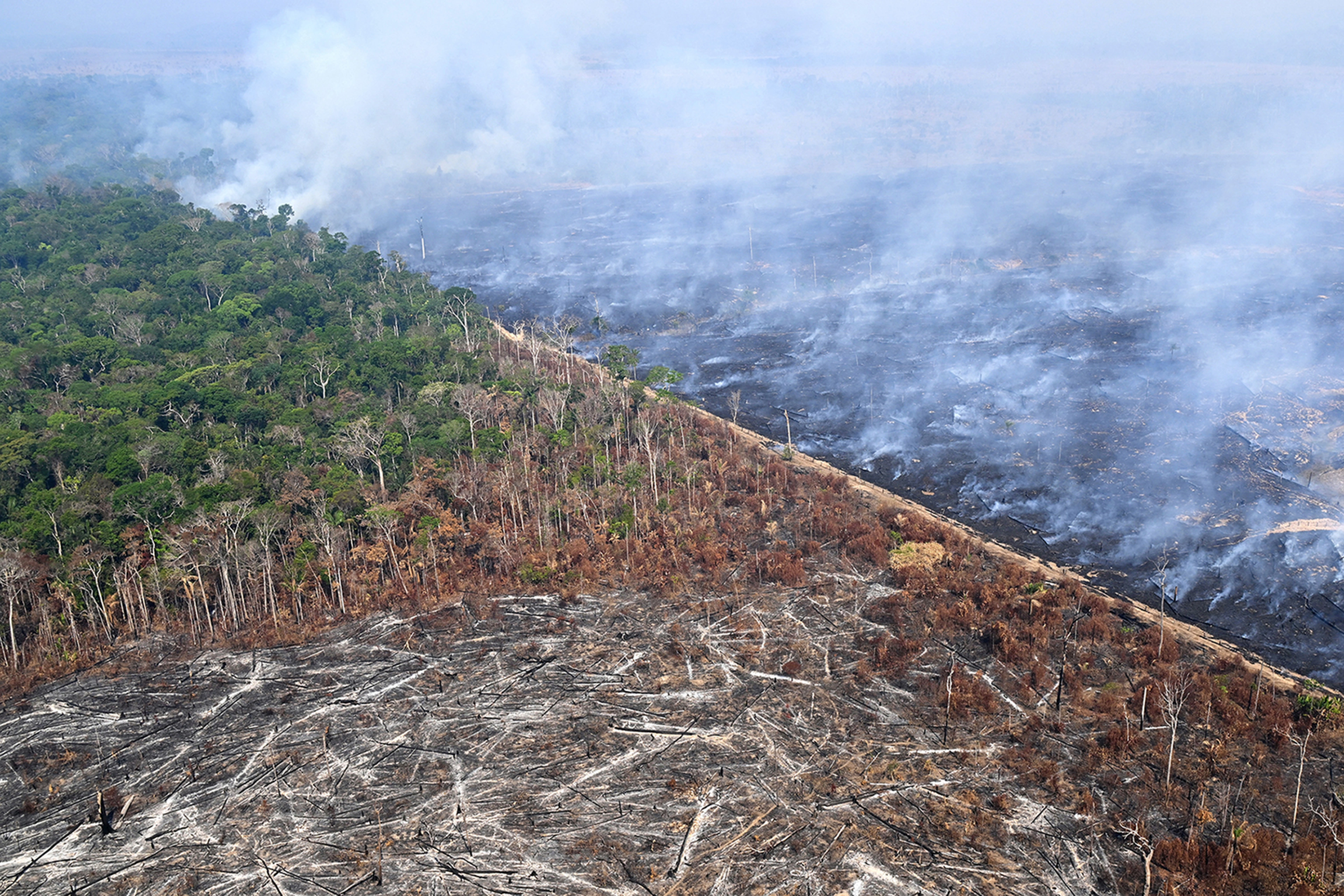The Urgency of Forest Fire Management in Brazil
Forest fires have become a critical environmental issue, especially in countries like Brazil that harbor the Amazon rainforest, known as the ‘lungs of the Earth.’ The urgency of forest fire management in Brazil is paramount to preserving biodiversity, mitigating climate change, and safeguarding indigenous communities.
The Impact of Forest Fires
Forest fires not only result in devastating loss of flora and fauna but also contribute to greenhouse gas emissions, leading to a rise in global temperatures. The Amazon rainforest, which plays a crucial role in absorbing carbon dioxide, is under constant threat due to deforestation and wildfires.
The Need for Effective Management Strategies
Brazil must implement robust forest fire management strategies that incorporate a combination of prevention, early detection, and swift containment measures. This includes investing in advanced monitoring technologies, enhancing firefighting capabilities, and promoting sustainable land use practices.
Ensuring Collaboration and Accountability
Collaboration among government agencies, environmental organizations, local communities, and international partners is essential to tackle the complex challenges posed by forest fires. Transparency, data sharing, and accountability are key to successful forest fire management efforts.
Strategies to Prevent Tipping Points in the Amazon
Preserving the Amazon rainforest is paramount not only for its unparalleled biodiversity but also for its role in regulating the global climate. Preventing tipping points in the Amazon is crucial to safeguard this critical ecosystem. One key strategy is implementing robust conservation measures.
Deforestation, driven by agriculture, logging, and infrastructure development, poses a major threat to the Amazon. Sustainable land-use practices, coupled with strict enforcement of anti-deforestation laws, are vital to curb this destructive trend. Promoting alternative income sources for local communities can reduce reliance on activities that harm the rainforest.
Furthermore, supporting indigenous land rights is essential. Indigenous communities have long been stewards of the Amazon, possessing valuable traditional knowledge on sustainable resource management. Respecting their rights and empowering them to protect their territories can help prevent irreversible damage to the rainforest.
Investing in reforestation initiatives is another effective strategy. Restoring degraded areas can enhance biodiversity, sequester carbon, and mitigate the impacts of deforestation. Sustainable agroforestry practices can provide economic benefits while preserving the integrity of the ecosystem.
Collaboration between governments, environmental organizations, and local communities is paramount. Addressing the complex challenges facing the Amazon requires a multi-stakeholder approach that integrates scientific expertise, policy interventions, and community engagement. By working together, we can implement effective strategies to prevent tipping points in the Amazon and ensure the long-term health of this vital ecosystem.
Impact of Accelerated Efforts on Biodiversity
Discover the profound impact of accelerated conservation efforts on biodiversity. As humanity relentlessly exerts pressure on our natural environment, rapid initiatives and sustainable practices become critical to safeguarding the delicate balance of ecosystems. By focusing on swift action, preserving habitats, and promoting species diversity, conservationists can mitigate the decline of endangered flora and fauna. Witness firsthand how accelerated efforts can lead to tangible improvements in biodiversity indices, offering hope for the future of our planet.
Global Implications of Amazon Conservation
Breaking Down the Headlines
The global implications of Amazon conservation efforts are critical for biodiversity, climate regulation, and indigenous communities. Recent headlines highlight the ongoing challenges faced by conservationists and governments in protecting this vital ecosystem.
The Bigger Picture
The Amazon rainforest, known as the ‘lungs of the Earth,’ plays a crucial role in absorbing carbon dioxide and regulating global climate patterns. Its preservation is essential in combating climate change and preserving the rich array of plant and animal species unique to the region.
What This Means Going Forward
Future efforts to conserve the Amazon will determine the fate of this irreplaceable natural resource. Continued deforestation, illegal logging, and agricultural expansion pose significant threats. Stakeholders must collaborate to enforce regulations, support sustainable practices, and engage local communities to ensure the long-term survival of the Amazon and its global impact.
